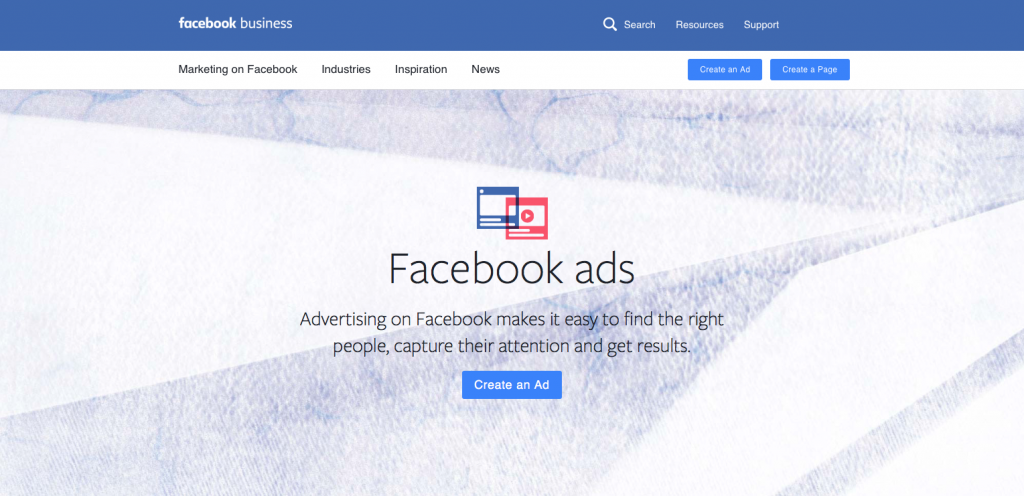Whether you’re looking to gain some media attention, attract book reviewers, pique the interest of bookstores, or develop relationships with key figures and organizations from your niche market, having professional materials to outline your project will be an essential asset to your pitch.
These materials can take many forms, depending on how best to showcase your work, but in the publishing industry, the package you put together will commonly be referred to as a media kit. At Tellwell, we call this package a Book Backgrounder, because it can and should be used to pitch your project to more than just media contacts. In fact, these promotive materials should be attached to every email you send out to inform someone about your book, and you should have copies printed and ready to bring with you for any in-person networking.
What makes up a media kit?
Think of a media kit as a 2-5-page portfolio that outlines your project and what sets it apart from the rest. Much like a resume, the most important information should be featured up front, and in many cases, the kit can be kept to 2 pages in length.
Here are some components to consider adding when putting together your media kit:
- A fact sheet which would include the book synopsis and cover image, your author bio and headshot, and other details about the book, including ISBN’s, the genre, your publisher and retail information.
Why it’s useful: This component is crucial if you plan to use this kit to get your book into physical bookstores. The store managers will benefit from having both the product details and a description of the book, to determine if they think it will sell well in their store. These elements are also commonly requested from book reviewers when considering review requests from authors and publishers.
Tellwell Tip: Even though the fact sheet will display the contents of the front and back cover of your book, it still helps to bring in a sample copy of the book for the store manager to review.






